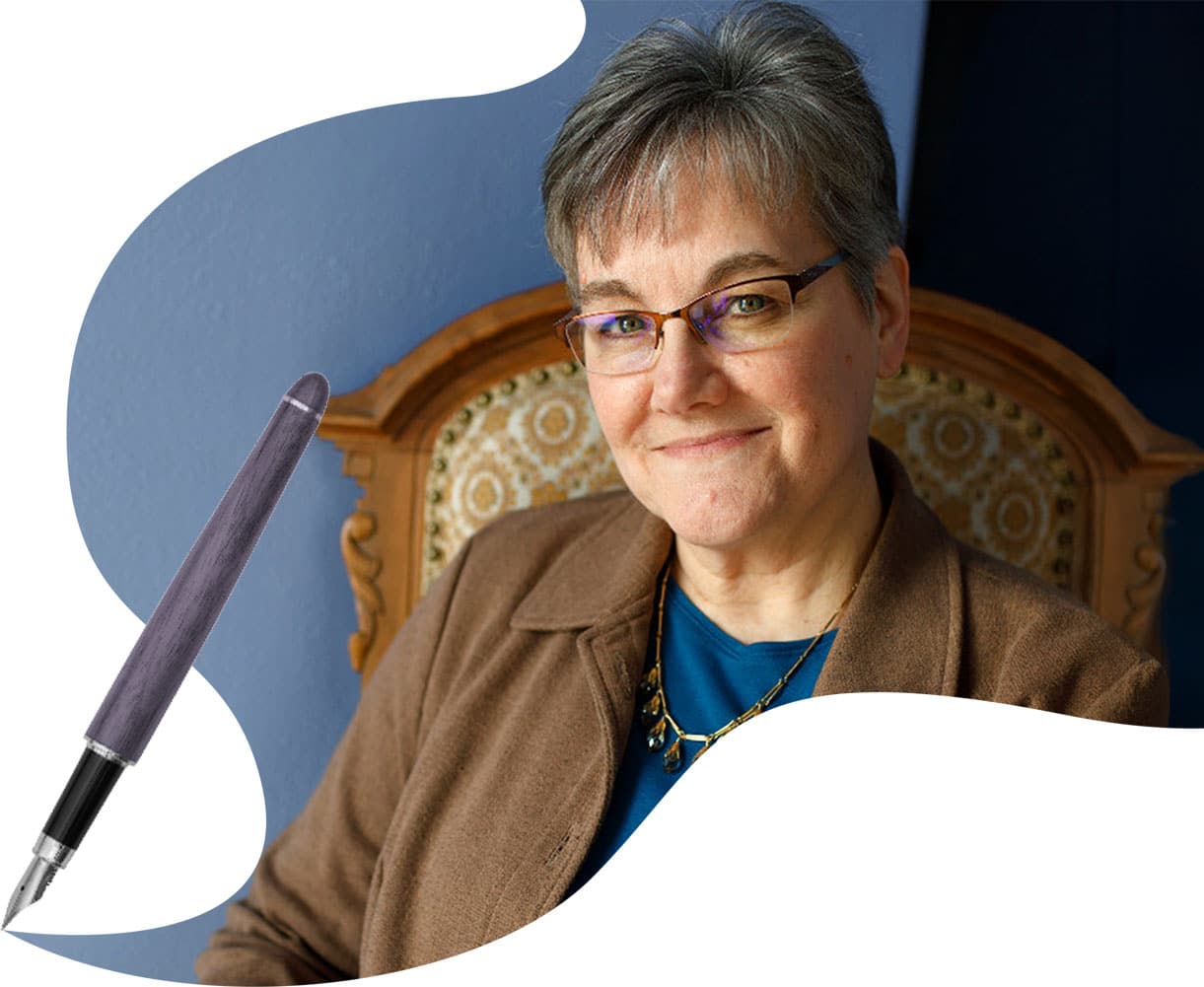When you want to capture someone’s attention—whether for a personal or business relationship—telling them your story can build strong bridges between you. You might say it’s a form of courtship.
Courtship? That’s an old word, rich with imagery. Intentional relationship building. Studying one another to make sure you’re a good fit. Dialoguing purposefully. Entering into each other’s world. Enjoying each other’s company.
With so many rivals for your audience’s attention, you need to tell your story like a courting lover to come out the winner.
Because just as in courtship, storytelling isn’t all about you.
Do they need your story?
You may be convinced you have a story worth telling.
You may even expect this story to attract hundreds of followers, or endear you to donors, or generate a landslide of leads.
But first they have to want to hear the story. The key word there is want.
A box of chocolates makes a perfect gift for a candy-lover. Not so much for a friend on a sugar-free diet. So, too, your story will appeal to your audience if it says something they want to hear.
So how can you build a bridge from what they want to what you can give them?
HOW TO BUILD A BRIDGE
Begin by carefully studying what people in your target audience need. Listen for what they cry out for, just as Martin Luther King, Jr., listened to Mahalia Jackson’s call to “tell them about the dream!”
So think about your audience:
- item 1
- item 2
- item 3
-
- What is frustrating them?
- What makes them laugh or cry?
- What leads them to trust and commit?
- What decisions are they trying to make?
Then think about how your story can reach them at precisely that point.
What aspect of your story will reach them right where they are?
EXAMPLES OF COURTSHIP DONE WELL
Next, look at how these storytellers court their audiences. Each type of story answers one of the 4 questions above.
-
- Michael Hyatt, leadership mentor. His About page pegs his audience (leaders who want help managing their lives and work) and shows he knows where they’re coming from. He establishes himself as a wise and caring helper.
- Beth Moore, Christian speaker and writer. To keep her audience from taking itself too seriously, she tweets about a recent experience to share a laugh.
- The American Red Cross. From its home page, full of vibrant text and photos, to its history page, the Red Cross tells a story of service to humanity that fairly begs you to jump on board.
- Bozart Family Dentistry. For someone trying to choose a dentist, this practice shares a video to reveal everything from its beautiful office and friendly staff to its core values.
Finally, think about what you want to get out of this relationship. Courtship is a two-way street, after all.
So let’s look next at how your storytelling can pay off for you, too.
Courtship benefits you as well as your audience.
How this courtship serves you
By serving your audience, you set yourself up to accomplish your own objectives, too. You may want to:
-
- Display helpfulness. Build your reputation as a problem-solver who cares.
- Forge connections. Put a face on your organization to give other human beings a real person to engage with.
- Create goodwill. Generate positive interactions that ripple outward into word-of-mouth referrals.
- Draw attention. Promote your personal brand or your organization’s products or services.
- Establish authority. Let your expertise shine through so people trust you and seek you out to meet their needs.
Yes, your story, told well, can do those things.
The key is to remember that you’re trying to build a rich, real relationship.
So be genuine. People will quickly sniff out manipulation. Show them you “get” them, and you care. Your audience wants a relationship like that, and so, I hope, do you.
Once they trust you, they’ll be ready to move the relationship forward.
call to action: connect the dots
If your story is to serve both your audience and you, you’ll need to make a subtle but straight-line connection between the two of you. That happens when you issue a call to action.
Such a call to action should invite them to engage with you on a deeper level than they have in the past:
-
- sign up for your newsletter
- follow you on social media
- come to your next event
- tell their friends about you
- download a brochure
- stop in for a free sample, a tour, or a consultation
- comment about a similar experience they’ve had
- contact you to discuss your services
- send a donation
- purchase a product
COURTSHIP FEELS BETTER THAN SALES
After a courtship done well, your audience will feel attached to you. And they’ll be ready to respond to your proposal—your call to action.
How you issue that call to action may vary—from a button to click on your website to an appendix at the end of your book. But that’s the subject of my next post.
For today, however, set aside time to stand in your audience’s shoes. Ask what they need.
Then envision how telling your story could meet that need while helping you win the heart of your audience.
I’m sure your story can have real impact on the ones you aim to reach.
If you would like additional suggestions for how to make that happen,
let’s talk about ways I might be of help.
Let’s get your story out there!
Start working with Karen today
Today could be the day your load gets lighter.
Ask Karen Ingle to make that happen.





